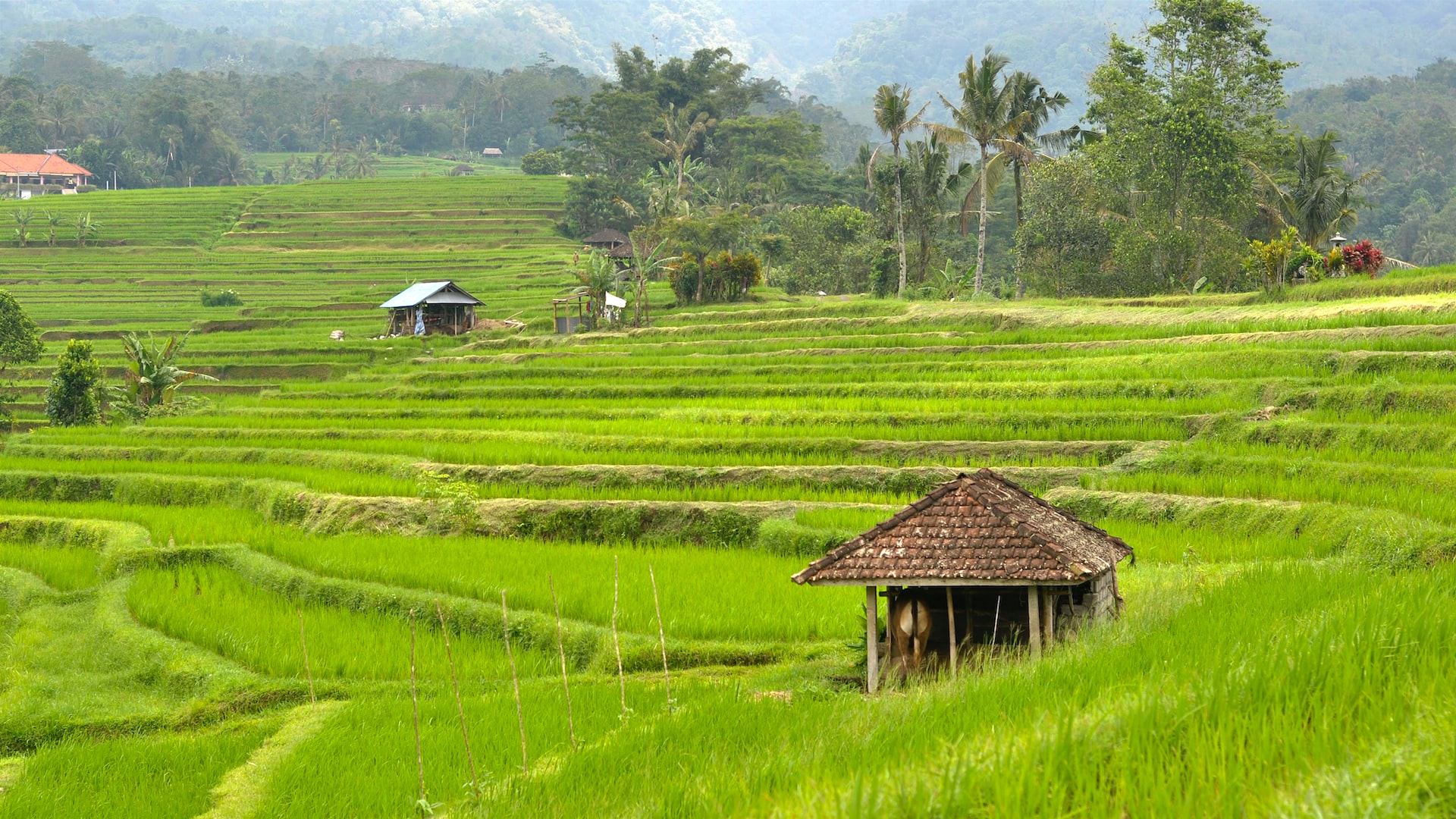A Visitor’s Guide to the Jatiluwih Rice Terraces
Introduction
The Jatiluwih Rice Paddy Terraces are a UNESCO World Heritage Site located in Bali, Indonesia. The terraces were formed by careful water management and were built over 800 years ago by people living there. They weren’t man-made but instead grew naturally through careful water management over time.
The Jatiluwih rice paddy terraces are a UNESCO World Heritage Site located in Bali, Indonesia.
The Jatiluwih Rice Paddy Terraces are a UNESCO World Heritage Site located in Bali, Indonesia. They consist of an extensive system of fields and irrigation canals carved into the volcanic soil at an elevation of 1,200 meters above sea level. The terraces are named after the village where they are located: Jatiluwih (or “place covered with jati leaves”).
The terraces were built by hand using only simple tools such as wooden spades and hoes over generations by local farmers who needed to conserve water for their crops during periods when rainfall was insufficient. Today these stunningly beautiful rice paddy fields still provide food for those living nearby but have also become a major tourist attraction due to their beauty and cultural significance; thousands come from around the world each year just to see them!
Rice terraces have been an important part of life in Asia for centuries.
The Jatiluwih Rice Terraces are a UNESCO World Heritage Site and have been an important part of life in Asia for centuries. Rice terraces are man-made landscapes that cover hillsides, valleys and mountainsides across Indonesia, Malaysia and other parts of Southeast Asia. They’ve been built by hand over time to provide farmers with consistent access to fertile soil for growing rice.
The Jatiluwih rice terraces were first created by local farmers around 1,000 years ago; they’ve been maintained through careful planning and care ever since then–and they’re still used today!
The Jatiluwih rice paddy terraces are not man-made.
The Jatiluwih rice paddy terraces are not man-made. They were formed by careful water management, which took hundreds of years to perfect. The local farmers would use the natural slope of the land, along with baskets made from bamboo or rattan and other organic materials, to direct water from nearby rivers into their paddies in just the right quantity and at just the right time during each growing season so that they could plant their crops without having them wash away or rot before harvest time.
The best way for visitors who want to learn more about this fascinating process is by taking part in one of our tours of Bali’s terraced fields!
Instead, the terraces were formed by careful water management.
The Jatiluwih Rice Terraces were not man-made. Instead, they were formed by careful water management.
Today, the terraces are still in use and can be visited by tourists who come to Bali to experience its unique culture and beauty.
The water management system used in these rice paddies is called “subak” and is still in use today.
The water management system used in these rice paddies is called subak. It’s still in use today and is a cooperative system that uses natural processes to manage irrigation and water distribution, as well as rice paddies.
Subaks are found throughout Indonesia, but Jatiluwih has one of the oldest and most famous ones.
The rice paddies are located at a high elevation.
The rice paddies are located at a high elevation. This helps the rice grow, as well as keeping it cool and fresh. The cooler temperatures slow down the growth of the plants, which means that they can absorb more nutrients from soil and water.
Because of this, the rice paddies grow rice that is rich and aromatic instead of sweet and starchy like other varieties of rice.
The terraces are located at a high elevation, which is why the rice paddies grow rice that is rich and aromatic instead of sweet and starchy like other varieties of rice. The terraces also aren’t man-made; they were carved into the mountains by hand centuries ago by local farmers as a way to create more fertile soil for growing crops.
Visitors can take tours that take them through the rice fields and show them how the crops are prepared.
Visitors can take tours that take them through the rice fields and show them how the crops are prepared. The tour guides are locals, so they know a lot about their history and culture.
Visiting the Jatiluwih Rice Terraces provides beautiful scenery, cultural experiences, and delicious local food.
The Jatiluwih Rice Terraces are a beautiful place to visit. They provide many cultural experiences, including learning about the people who live there and their traditions. The food is delicious, especially if you like Indonesian cuisine (and who doesn’t?). And the scenery is breathtaking–you’ll never want to leave! In fact, there are so many things to do while you’re in Bali that you may have trouble deciding which ones first!
Conclusion
The Jatiluwih Rice Paddy Terraces are a great place to visit if you’re looking for something different from the usual tourist attractions in Bali. You can take a tour through the rice fields or just enjoy them on your own. If you do go on one of these tours, make sure that you wear comfortable shoes because there will be a lot of walking involved!


0 Comment